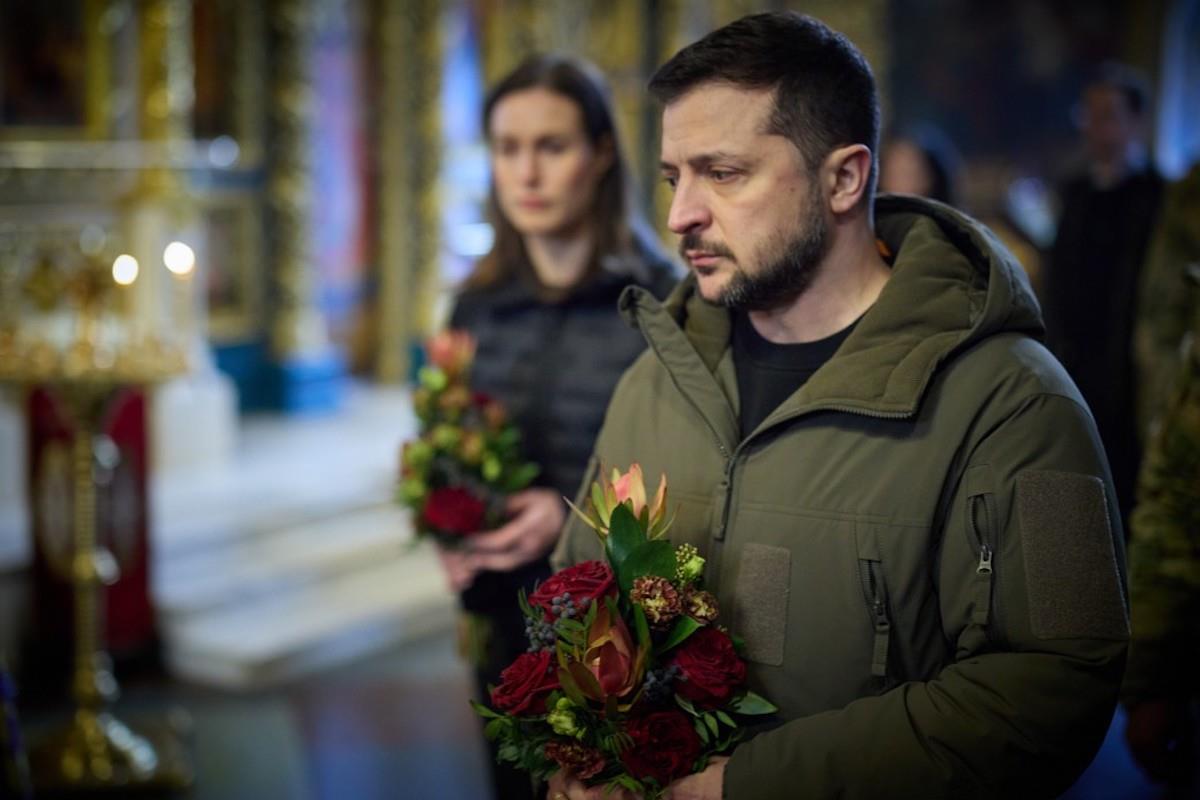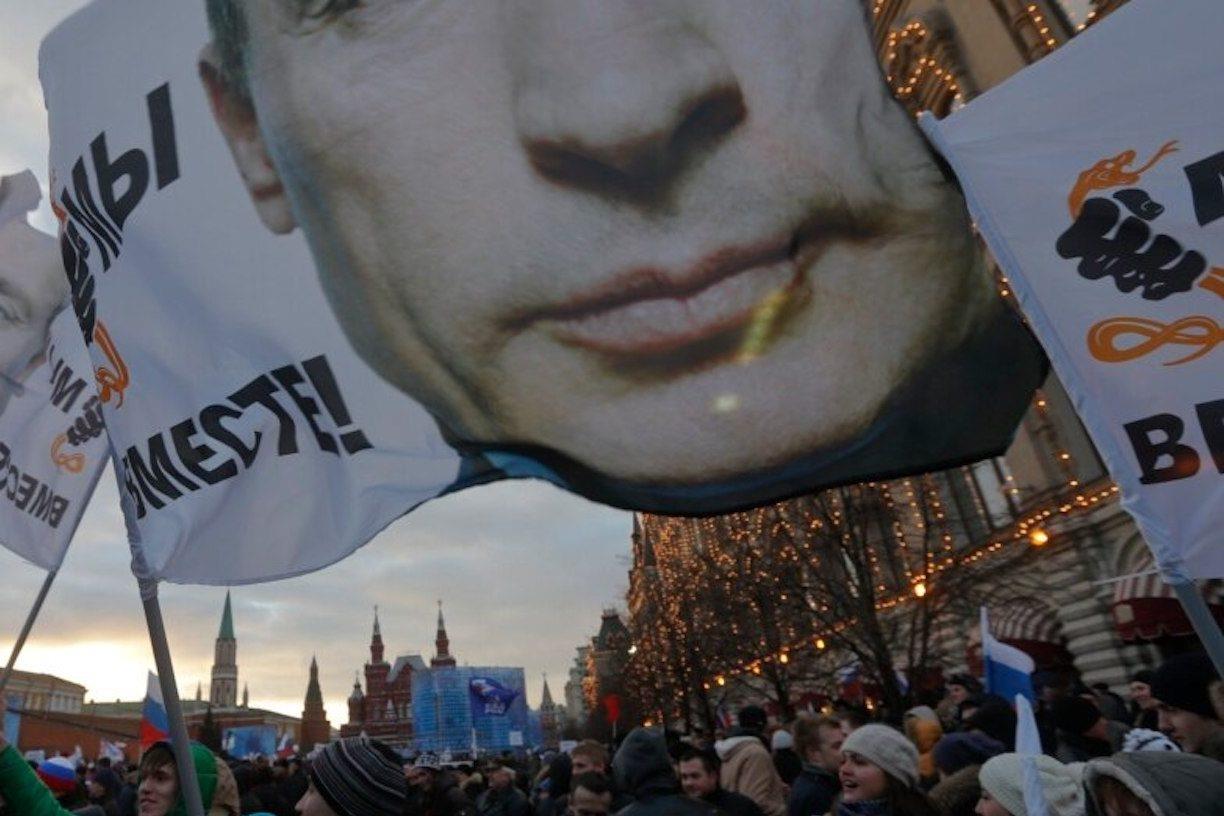(MENAFN- Asia Times) The Pentagon says that the takedown of the Reaper drone by Russian Su-27 pilots was“unsafe and unprofessional.” But the Pentagon has not explained what the drone was doing flying near Crimea, nor has it told the public about the unique capabilities of the MQ-9 Reaper.
The Russians say that the drone was in a prohibited area and that the Russians had notified everyone, including the United States, that the area was off-limits. As it turns out, the drone's location was about 60 kilometers (37 miles) southwest of the Crimean port of Sevastopol, according to russian reports .
The US says the Reaper drone was not armed. The drone has eight hardpoints and can carry a wide range of weapons. It also has an elaborate sensor suite.
The Russian ambassador, summoned to a meeting at the US State Department, said that the Reaper drone was moving provocatively toward Crimea. He also says that the drone's transponder was turned off, rendering it difficult to track with radar.
Crimea is ultra-sensitive for the Russians, for strategic reasons because of Sevastopol port and because Moscow considers Crimea to have been part of Russia since the time of Catherine the Great (1762-1798).
The Russians know that Ukraine is planning a Spring offensive, for which it is reportedly marshaling some 40,000 troops. The target is almost certainly Crimea. The cat was let out of the bag by US Undersecretary of State Victoria Nuland, who made clear the US supports strikes on Crimea – a declaration that was celebrated by Ukrainian newspapers.
The US is likely behind the planning and organization of the anticipated Ukrainian offensive. Its purposes are to quickly overrun Crimea and to take pressure off the Ukrainian army in the Donbas area, which is now losing ground steadily to the Russian army, local forces and Wagner Group paramilitary forces.
The battle for Bakhmut is in its final days, and if Ukraine loses it will be both a strategic and major psychological defeat for Ukrainian President Volodymyr Zelensky.
Washington is well aware of the dire situation in Ukraine and the threat facing Zelensky and his generals. While US officials keep telling the public and their NATO allies that Ukraine is winning the war, the truth is the reverse.
But Ukraine will have serious problems launching a new offensive, even if US officials (including Nuland) are pushing hard for it to happen.
The Ukrainian army has been taking heavy casualties. Last week, Dmytro Kotsiubailo, an officially recognized“Hero of Ukraine,” better known by his call sign, Da Vinci, was buried at Askold's Grave, a historical park in Kiev.
He was laid to rest along with two soldiers, a father and son who perished with Kotsiubailo in Bakhmut. Zelensky attended the funeral along with Finland's Prime Minister Sanna Marin, who is leading her country into NATO – ostensibly to protect Finland from Russia.

Volodymyr Zelensky and Sanna Marin at Da Vinci's funeral. Photo: Government of Ukraine
Kotsiubailo was the leader of a“volunteer” outfit known as the Wolves. He had been fighting against pro-Russian forces starting in 2014 and, with reason, they came to hate him and his outfit.
Critics, pointing to its hardline nationalist beginnings, compare the group to the Azov Brigade. Da Vinci, in an interview more than a year ago, insisted there was a big difference: He and his leadership exerted strenuous efforts to filter out would-be members who harbored Nazi, fascist or racist views.
The Washington Post, long a drum-beater for supporting the war in Ukraine and bashing the Russians (no worries about a bigger war or nuclear weapons), this week quotes a battalion commander who says that most if not all of the best-trained Ukrainian soldiers are dead.
Ukraine is carrying out forced conscription, trying to fill its ranks with new bodies.
If the Post report is right – and it reflects information fed to it by the Pentagon – then the force that Ukraine is assembling for its offensive is mostly made up of raw and inexperienced recruits, many reluctant to be drafted into the war.
The same Post report claims that“the situation for Russia may be worse,” but offers less-persuasive evidence for that surmise:“During a NATO meeting last month, UK Defense Minister Ben Wallace said that 97% of Russia's army was already deployed in Ukraine and that Moscow was suffering 'First World War levels of attrition.'”)
Zelensky is also complaining that Ukraine is short on ammunition and other critical supplies. Meanwhile, the Russians appear to have mostly overcome any ammunition problems and continue to carry out operations around key Ukrainian cities and towns in the Donbas region.
While the Russians have not yet defeated the Ukrainians, their main tactic is to trap Ukrainian fighters in urbanized areas, then blast away at them with artillery and air strikes. The Russians generally are having success in creating what they call cauldrons, shutting down roadways and other escape routes.
Launching an offensive in Crimea would force Russia to redeploy some of its forces to protect that flank. However, Russia has a large uncommitted reserve force of around 200,000 to 300,000 men.
Those reserves are now deployed in Russia near Ukraine's border, mainly in the east, with a smaller number in Belarus. They have been training for around five months.
If Russia moves those troops in a timely way to staging areas near Crimea, they could follow the same cauldron tactic the Russians are currently using in Donbas – but with a much larger force.
US operators must be aware that Ukraine's offensive could fail. One of the likely reasons the Reaper was operating off the coast of Crimea would have been to target precisely Russian assets there, especially artillery and air defenses but also command centers and communications.
The Reaper is a powerful platform and the US Air Force has them deployed in Poland and Romania with many more in Europe. It can carry jdam heavy glide bombs and can avoid Russian jammers thanks to advanced electro-optical and infrared targeting sensors. (The Reaper is equipped with the mts-b EO-IR sensor made by Raytheon.)
By taking out the Reaper on March 14, the Russians are making it clear that these targeting and attack assets will be targeted and destroyed by the Russian Air Force.
Whether Ukraine will risk everything in an attack on Crimea is uncertain, although Washington is pushing it and making preparations. Would the US intervene to help the Ukrainians with airpower or airborne forces if the offensive starts to fail?

A file photo shows people attending a rally called 'We are together' to support the annexation of Ukraine's Crimea to Russia in Red Square in central Moscow on March 18, 2014. Photo: Twitter / Screengrab / RFERL
Biden and his advisors are clearly frightened about the political fallout if the billions committed to Ukraine don't achieve the promised victory.
Republican voices are already being raised in opposition to the war. Former president Donald Trump says the war could have been avoided, and Florida governor Ron DeSantis says Ukraine is not a US strategic interest and that the US should not be taking sides in a dispute between the Russians and Ukrainians.
The Washington pro-war consensus is now wobbly. After the Bakhmut fight is over, that consensus may completely evaporate.
The Reaper incident, therefore, is much more than just an errant downing of an unmanned“innocent” aircraft. It is a very dangerous moment for all the parties, especially the US and NATO, and no one knows how reckless Washington may be under the circumstances.
stephen bryen is a senior fellow at the center for security policy and the yorktown institute . Follow him on Twitter at @stevebryen